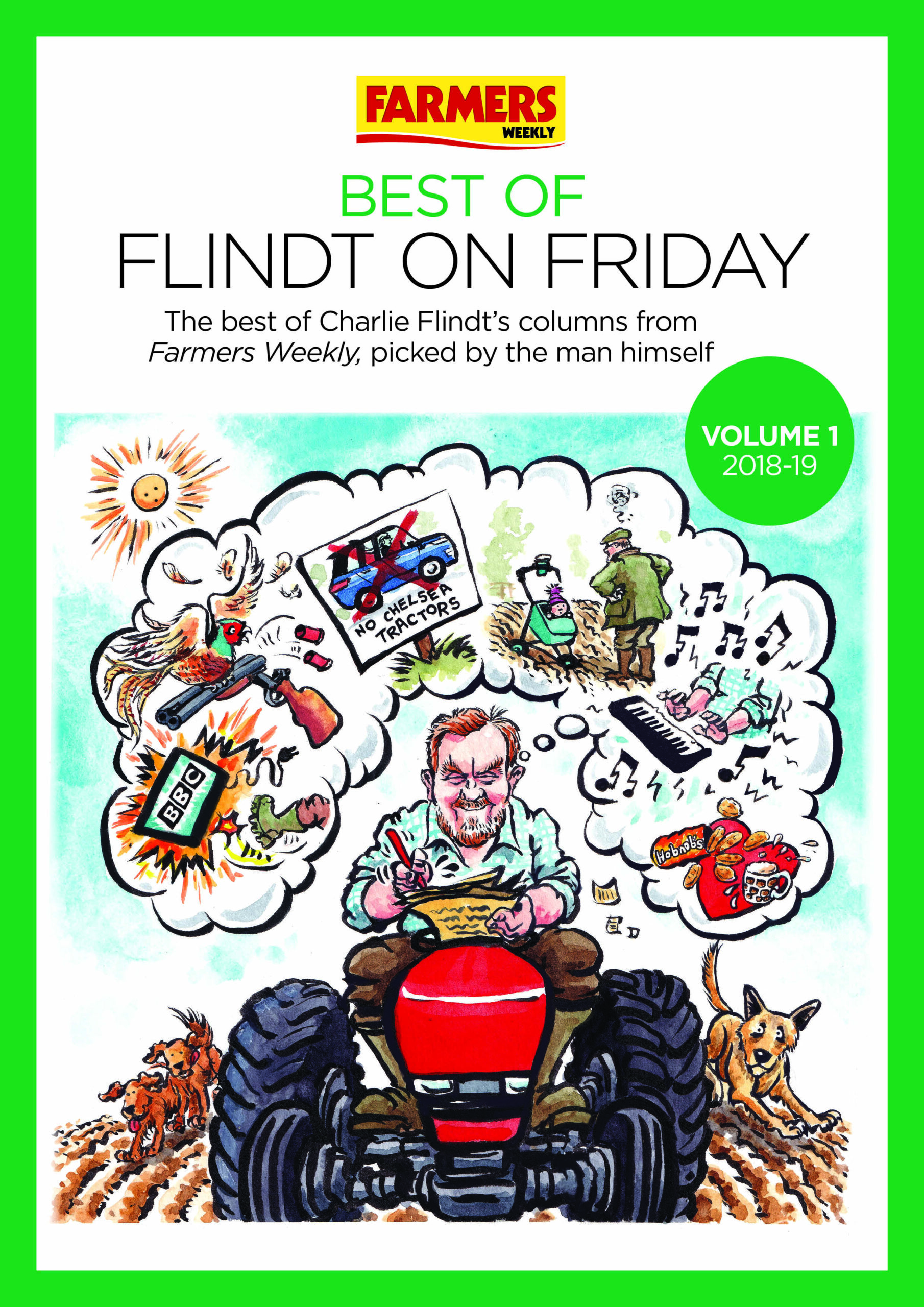Opinion: No thanks to the Beef Efficiency Scheme
It’s nearly time to weigh my new crop of lambs this year as part of the Signet sheep recording programme. Don’t worry, I’m not going to write at length about sheep recording and estimated breeding values (EBVs).
The last time I made a slight (teeny-weeny) criticism of sheep recording in my column, I virtually had to be placed under police protection in a room with Salman Rushdie. Recording sheep does arouse great passion in folk. Not that that’s a bad thing.

© Tim Scrivener
What I am passionate about is being accurate with the weight that I record for each lamb. There doesn’t seem any point in recording data unless it’s accurate.
Computer programs and the information that comes out of them can only be as good as the information that goes in.
This is why I have reservations about the new Beef Efficiency Scheme (BES) that has just started in Scotland. The scheme is run by the Scottish government and involves collecting data about beef calves that are born on your holding.
The long-term plan is to improve the genetics of the national beef herd.
The problem I see with this scheme is that much of the data will be measured in a subjective way – and other vital information, such as the weight of the calf, could possibly be an average for a group rather than the individual calf.
See also: Farmers shouldn’t let irrational fears sway EU vote
Subjective data, such as the size of the calf and how vigorous it is, will need to be measured and recorded in the first hours of the calf’s life. How docile the cow is will also be recorded in those early days. Calving time is not the best time to be adding to your workload – or your stress levels – with more paperwork.

Neale McQuistin is an upland sheep and beef farmer in south-west Scotland. In partnership with wife Janet he farms 365ha, much of which is under stewardship for wildlife
When I leave the house in the morning to give my calving cows and my lambing ewes that critical “first look” it’s very often like an episode from the TV drama Casualty.
There are lives to be saved and pain to be alleviated. I do not want to be standing in the rain trying to assess if a calf is vigorous or to estimate what size it is.
Comparing one calf against another as being small, medium, large or extra-large is never going to be an exact science. Especially if the calf is curled up snugly beside a Highland cow that is giving you the evil eye.
Estimating if the calf is vigorous or not by giving it a poke in these conditions would not be a good idea either – not if you value your life.
Cow docility is another very subjective measurement. What one person considers to be a docile cow might just frighten the living daylights out of someone else.
The calf will eventually need to be weighed after it is weaned. This is where the scheme really hits the buffers. Many farmers will not have scales to weigh cattle.
Calves could end up being weighed when they go through a market. This will mean that a calf that is sold in a batch will be given the average weight of the group it is in.
There are support payments to be gained from taking part in this scheme, but I’m going to pass on this one. I already have my reservations about the genetic gain to be made from recording sheep while using very accurate data.
Using very dodgy data to try to do the same for cattle is not going to change the world.
It looks like a scheme that has been cobbled together to justify supporting my business and to keep me busy filling in forms and keeping more records.

